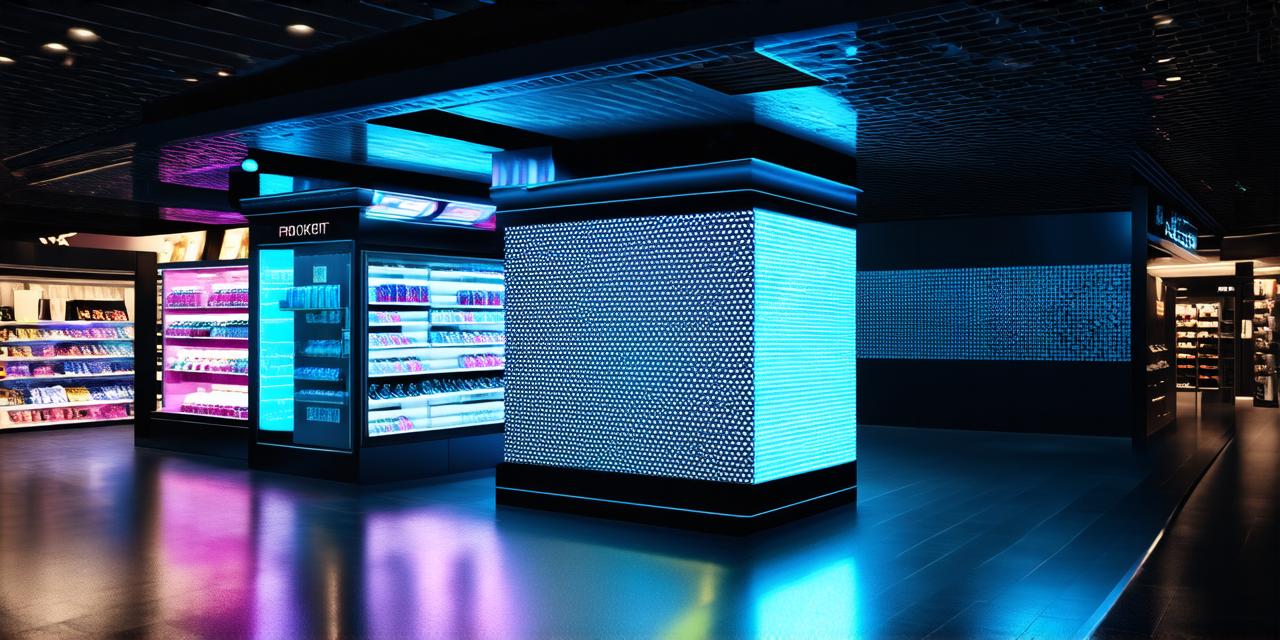What is Augmented Reality?

Before we dive into how AR is changing the retail landscape, let’s first understand what it is and how it works. At its core, AR is a technology that overlays digital information onto the real world, allowing users to see and interact with virtual objects and content in their physical surroundings. This can take many forms, ranging from simple visual effects (such as adding 3D models or animations to an image) to more complex interactive experiences (like allowing customers to “try on” clothes virtually).
The key advantage of AR is that it enables retailers to create a more engaging and immersive shopping experience for their customers. By leveraging the power of technology, retailers can offer personalized, interactive, and memorable experiences that help to differentiate their brand from competitors and drive sales.
Improving Product Visualization
One of the most significant benefits of AR in retail is its ability to improve product visualization. Traditional retail displays often rely on 2D images or static models, which can be limiting when it comes to showcasing products in an engaging and interactive way. By using AR, retailers can create more realistic and immersive product visualizations that allow customers to see and interact with products in a whole new way.
For example, the furniture retailer IKEA has been using AR to help customers visualize how different pieces of furniture would look in their homes. Using an app on their smartphones or tablets, customers can scan their room and then place virtual furniture into the space, allowing them to see how it would really look and feel. This not only helps customers make more informed purchasing decisions but also reduces the number of returns and exchanges, saving IKEA time and money.
Enhancing Customer Engagement
Another way in which AR is transforming retail is by enhancing customer engagement. By creating interactive and immersive experiences, retailers can capture customers’ attention and encourage them to spend more time in the store. This, in turn, can lead to increased sales and greater customer loyalty.
A great example of this is the fashion retailer H&M, which has been using AR to create virtual fitting rooms. Using a smartphone or tablet, customers can try on clothes virtually, allowing them to see how different styles and colors would look on them without actually putting anything on. This not only saves time and reduces the number of returns but also helps customers make more informed purchasing decisions.
Improving Inventory Management
AR is also being used to improve inventory management in retail. By allowing retailers to track their stock levels in real-time, AR can help to reduce overstocking and understocking issues, improving the overall efficiency of supply chain management.
For example, the retailer Lowe’s has been using AR to track inventory levels in its stores. Using a smartphone or tablet, employees can scan items on the shelf and then see real-time data about their stock levels, allowing them to quickly reorder products when they run low. This not only helps to improve customer satisfaction but also saves time and reduces waste.
Innovative AR Applications in Retail
There are many innovative AR applications being developed for the retail industry, each with its own unique benefits. Here are a few examples:
* Wayfair’s “View in Your Space” feature allows customers to see how furniture and decor items would look in their home before making a purchase. Using an app on their smartphone or tablet, customers can scan their room and then place virtual items into the space, allowing them to see how they would really look and feel.
* The cosmetics retailer L’Oréal has been using AR to create virtual makeup tutorials. Using a smartphone or tablet, customers can try on different makeup looks virtually, allowing them to see how different products and techniques would look on their skin. This not only helps customers make more informed purchasing decisions but also encourages them to spend more time in the store.
* The home improvement retailer Lowes has been using AR to help customers visualize how different DIY projects would look in their homes. Using an app on their smartphone or tablet, customers can see 3D models of different projects and then place virtual items into their room, allowing them to see how they would really look and feel.
